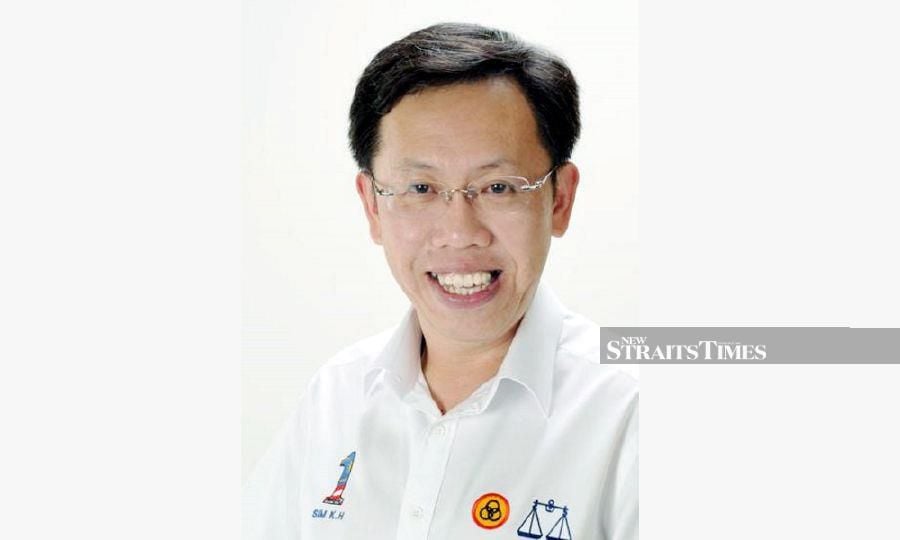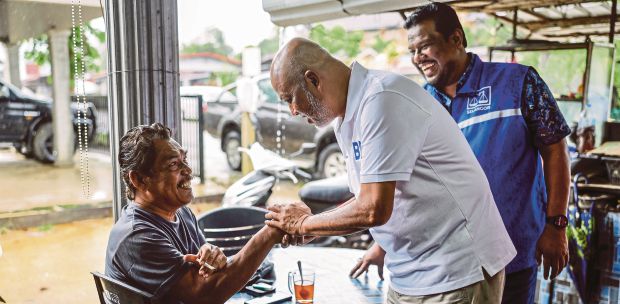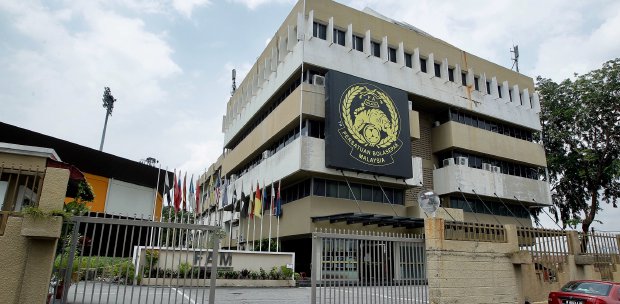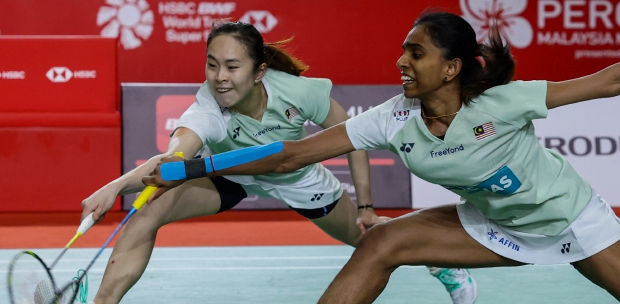Every Malaysian seems gripped by a grim, even morbid, daily ritual of being apprised of new daily Covid-19 cases (and fatalities) nationwide, with breakdowns for each state.
Hopes for signs that the daily caseload is tapering off are invariably dashed. Dare we hope that this week's downtrend is the real deal and that light at the end of the tunnel is in sight?
In Sarawak, though, cases have been increasing such that for eight consecutive days, it is the state with the highest number of cases. There are, to be sure, some explanations given for the surge. Testing has been ramped up and some backlog of cases not immediately reported.
In its daily statements lately, Sarawak has prefaced the troubling and alarming case upsurge in the thousands with the caveat that more than 99 per cent of daily cases are asymptomatic infections or infections with mild symptoms only.
This may be due to the fact that the vaccination rate in Sarawak, the highest in the country, has more or less reached the supposed herd immunity level to afford the newly infected with protection that the vaccine is designed to provide, even if it does not accord immunity from infection.
Coupled with this might be the comforting revelation that while the Delta variant, which is now the dominant viral variant almost everywhere, is highly transmissible, it is reportedly a less potent virus than the original one. That said, daily caseloads by the thousands when Sarawak was hitherto accustomed to hundreds of cases, naturally alarm people.
Perhaps the official announcement of the case tallies is partially intended to boost public alarm, in hopes that people will remain alert to the risks of infection and stick to the disciplined regimen of maintaining personal hygiene, face mask-wearing and practising physical distancing.
There is, however, the no small matter of reviving economic activities, which necessitates otherwise human activities to resume as much as possible.
It is the need to reconcile these two seemingly opposing and contradictory imperatives — to remain vigilant against infection risks and to revive public confidence that previously normal activities can resume — that will pose the greatest challenge going forward.
Success, as Sarawak and Malaysia enter the endemic stage of this pandemic, hinges on the community finding a balance between the two opposing poles.
Government leaders play a critical role as people will naturally take their cues from pronouncements and, more importantly, the actions of leaders. And our leaders, at least in Sarawak. are still, by and large, perhaps far too cautious.
Sarawak maintains probably the strictest controls over entry into the state. Yet the state government must ask itself why this still results in a ballooning in the number of infections, especially when Datuk Seri Dr Sim Kui Hian, a state minister and adviser on Covid-19 matters, blamed "outsiders" for Sarawak's pandemic situation.

Likewise, in recent weeks when officials banned restaurant dining, in Kuching, infection rates have soared exponentially, which must raise questions if this seemingly knee-jerk response is ineffective in controlling the infection spike and, therefore, unnecessary, especially when businesses have been on the ropes from earlier restrictions.
Now, coffee shop owners have raised a howl about having to wait for new standard operating procedures for enclosed dining places when most of their premises are open air and, therefore, they argued, should be allowed to reopen for dining without further delay.
If the virus does not actually kill off such businesses (and others), bureaucratic foot-dragging to contain it very well may.
The writer views developments in the nation, region and wider world from his vantage point in Kuching, Sarawak
The views expressed in this article are the author's own and do not necessarily reflect those of the New Straits Times






